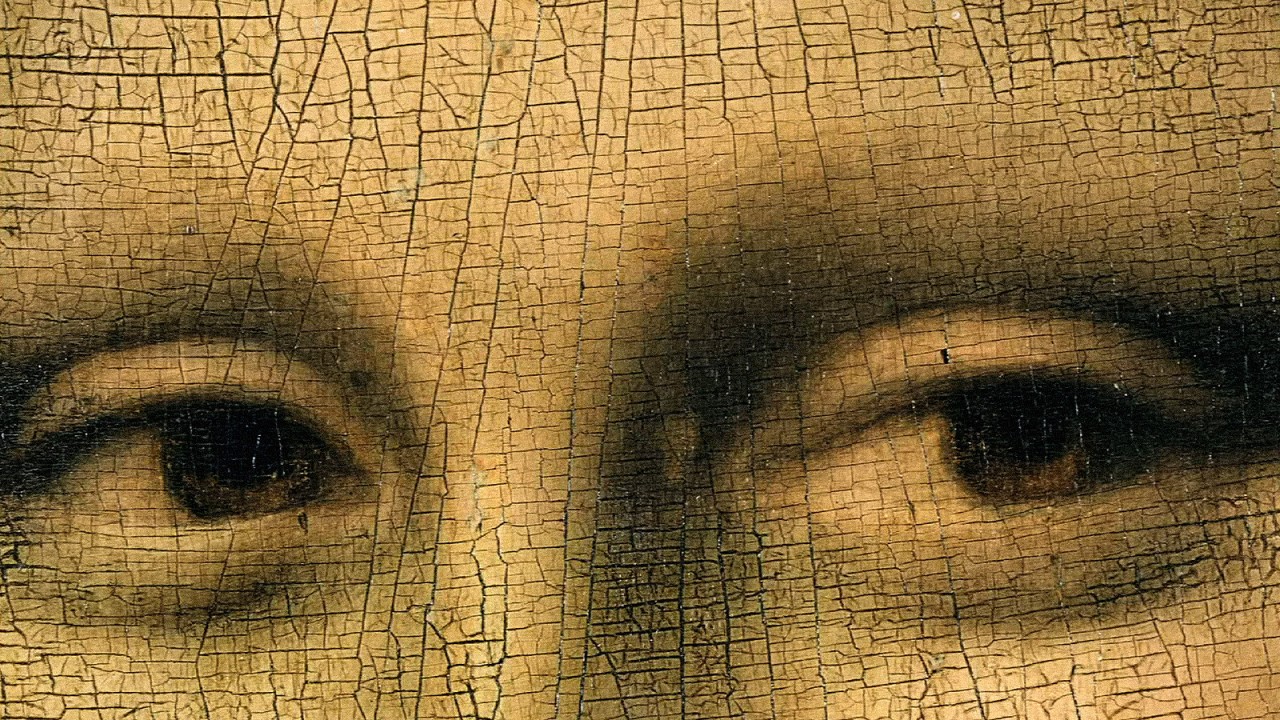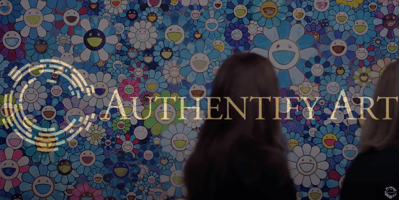10 Secrets of the Fine Art Auction Trade

Reprinted from Linked In, 2 Oct 2023
Fine art auctions, with their opulent settings and high-stakes bids, are often seen as elegant events that cater to the uber-wealthy and famous. However, behind the façade of elite luxury lies a less glamorous world filled with secrets and insider deals that auction houses prefer to keep hidden. In this article, we'll highlight 10 things most people do not know about art auctions.
1. Undisclosed Reserves
While sellers set a reserve price, auction houses may also have their own undisclosed minimum price, known as a "house reserve." If bids don't meet this secret threshold, the artwork will be withdrawn from the sale even though it remains unsold. Attendees are often unaware of the failed sale and assume the art has been sold to an anonymous buyer.
2. Chandelier Bidding
Auction houses may employ staff or "ringers" to place fake bids, known as "chandelier bidding" or "phantom bidding." This tactic creates a false sense of competition, driving up the prices and making the artworks appear more desirable than they truly are.
3. Cataloging Errors
Despite the meticulous cataloging process, errors can and do occur fairly often. Auction houses may discreetly correct these mistakes without informing bidders, potentially misleading buyers about an artwork's history or authenticity. In the most egregious cases, feature artwork lots have been removed from an auction as suddenly as the day of sale.
4. Buyer's Premium Variation
The buyer's premium, often disclosed as a percentage of the hammer price, can vary widely between buyers. Some VIP clients may negotiate lower premiums or even have them waived, while others pay the full fee, resulting in hidden price disparities.
5. Seller's Fees
While buyers' premiums are well-known, sellers are also charged significant fees, which are usually kept confidential. These fees can be quite substantial and eat into the final sale price of their artwork.
6. Post-Auction Negotiations
After the hammer falls, negotiations between the buyer, seller, and auction house sometimes continue in private. Auction houses often mediate these deals, taking additional undisclosed commissions for their services.
7. Buyer Financing
To facilitate high-value purchases, auction houses may offer financing options to buyers. These financing arrangements are typically not publicized, and the terms can vary widely. A common practice for auction houses is to include a right of first refusal for the resale of any financed artwork (even after the loan is repaid).
8. Hidden Resale Fees
Auction houses often include a resale royalty clause in their contracts, allowing artists to receive a percentage of the sale price if their work is resold within a certain timeframe. This hidden cost affects both buyers and sellers, impacting the overall transaction.
9. In-house guarantees
Auction houses sometimes make undisclosed guarantees to sellers, ensuring that their artwork will achieve a specific price even if there's a lack of interest from bidders. These guarantees can lead to inflated prices and distort market values.
10. Overlooked Unsold Artworks
Not all unsold artworks are returned to their owners. Auction houses may retain unsold pieces for extended periods, often hidden from public view, hoping for a better market or private sale opportunity.
While fine art auctions present themselves as transparent and trustworthy, their standard practices can be significantly less forthcoming than one might hope. Auction houses, driven by profit and the desire to maintain their elite reputations, carefully guard their secret practices behind the scenes, away from both the public eye and auction participants. Understanding these hidden aspects of the trade can empower art enthusiasts and collectors alike to navigate the fine art auction world with caution. Like a trip to Las Vegas, new participants should learn the house rules first to ensure that they make informed decisions and avoid being swept up by the glamor and excitement of the auction floor.





